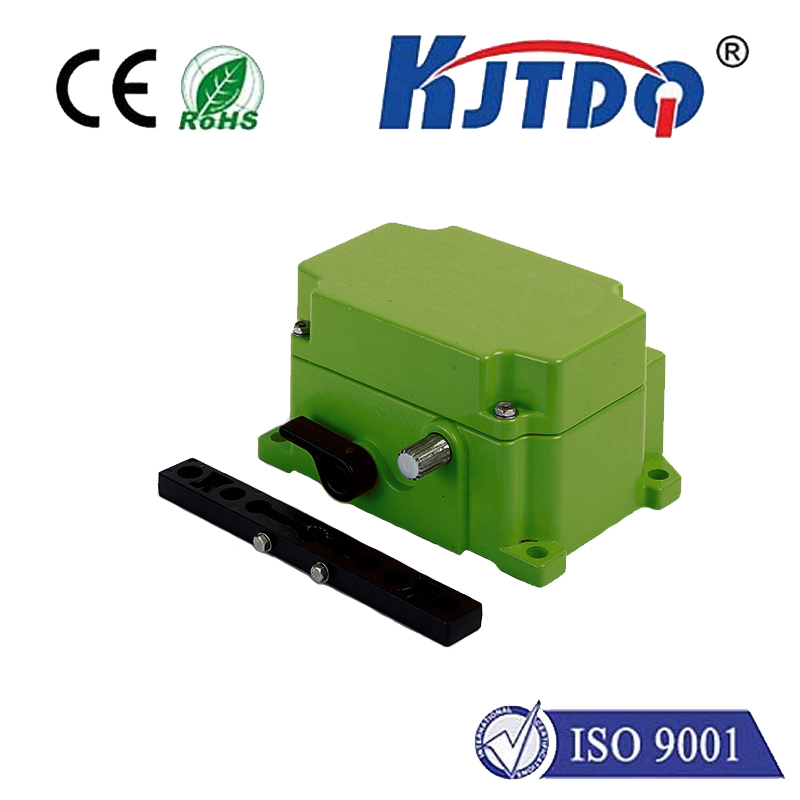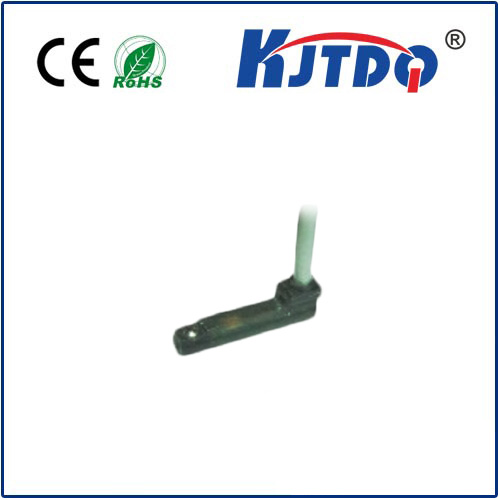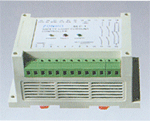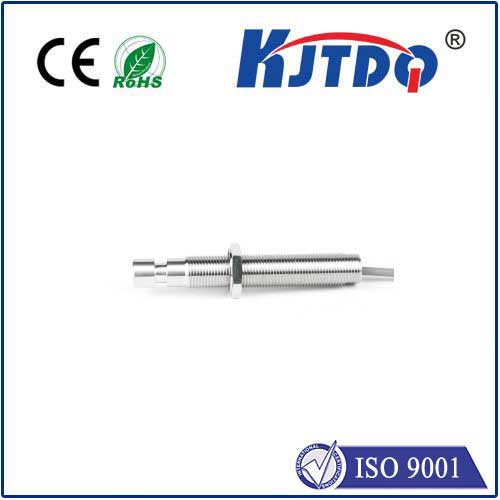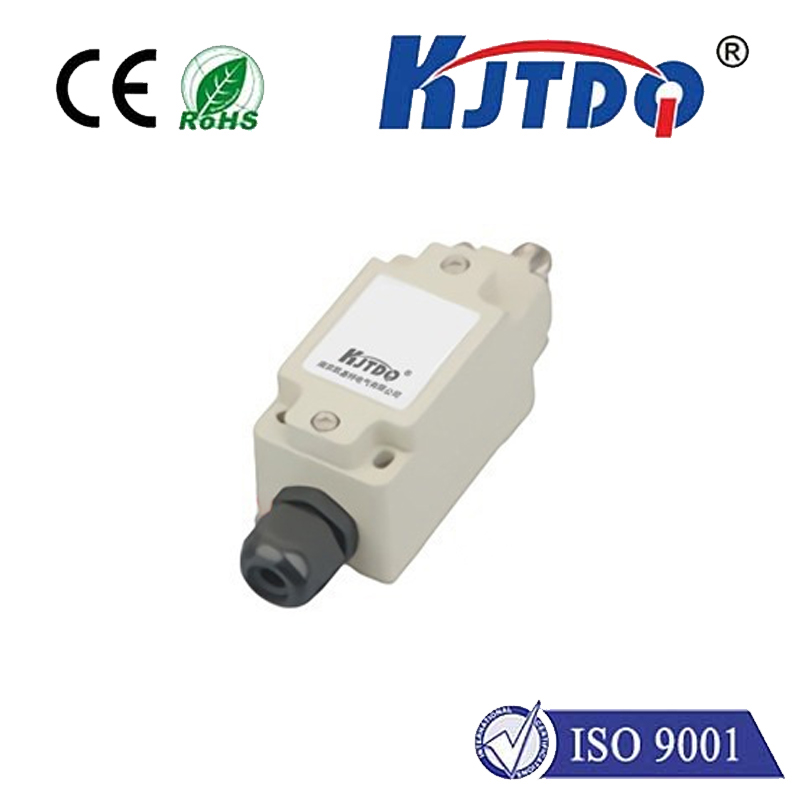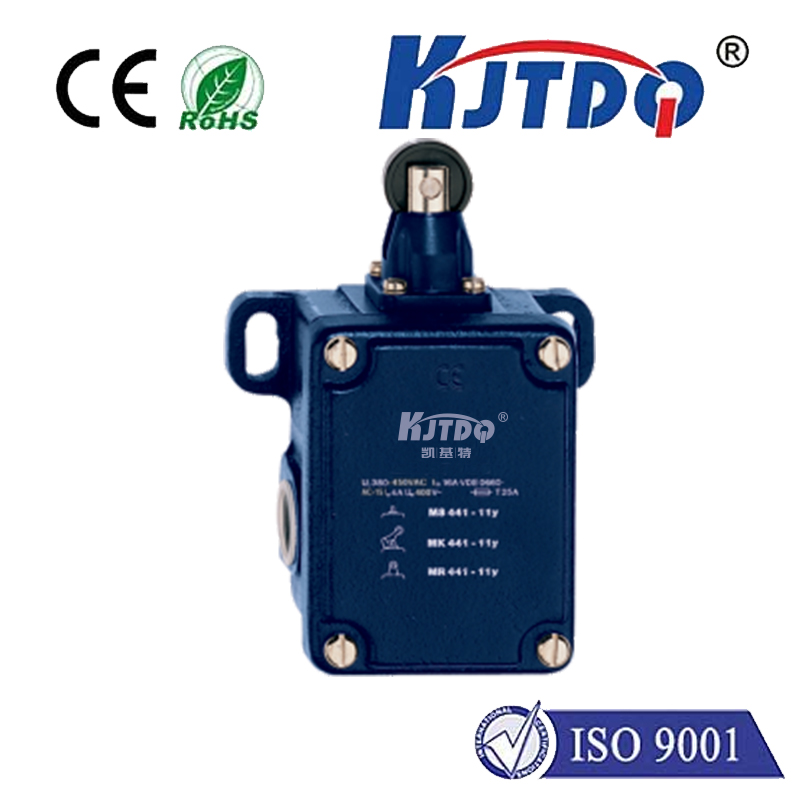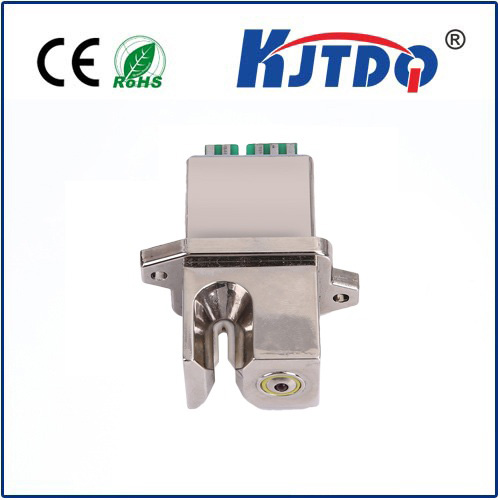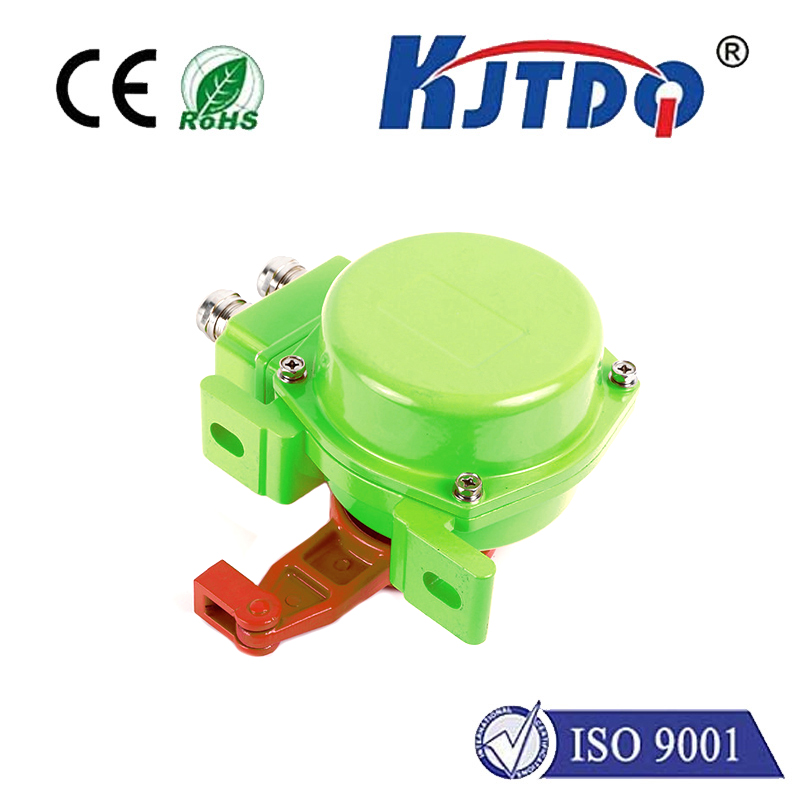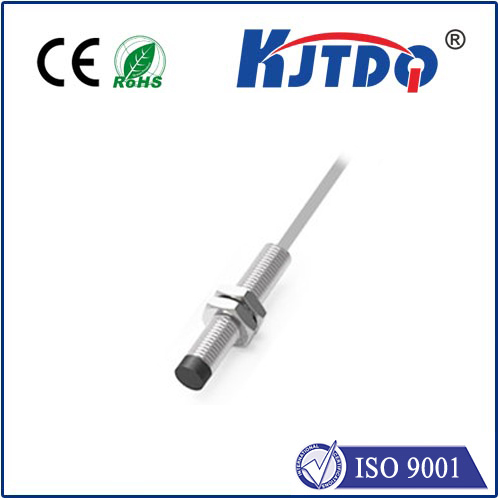
check

check

check

check
The development of technology has revolutionized the way we live, work, and interact with our surroundings. One such innovation that has gained significant attention in recent times is the waterproof proximity sensor. These sensors have become an essential component in various industries, including healthcare, automotive, and industrial automation, due to their ability to detect and measure distances without compromising on accuracy or reliability. In this article, we will delve into the advancements made in waterproof proximity sensors and their applications in today's technological world.
Section 1: Advancements in Waterproof Proximity Sensors
Waterproof proximity sensors are designed to operate in wet environments, making them particularly useful in industries such as agriculture, marine, and construction. These sensors use various technologies to measure distance, including infrared, ultrasonic, and capacitance. Some of the notable advancements in these sensors include:
1. Improved Accuracy: Modern waterproof proximity sensors can measure distances up to several meters with high precision. This accuracy has been achieved through the use of advanced algorithms and signal processing techniques.
2. Increased Sensitivity: These sensors are now more sensitive than ever, allowing them to detect even small changes in distance or direction. This feature makes them ideal for applications such as robotics and autonomous vehicles, where precise sensing is critical.
3. Enhanced durability: Waterproof proximity sensors are now designed to withstand harsh environmental conditions, including high water pressures and temperature variations. This makes them suitable for use in extreme environments such as underwater applications or in remote areas without access to maintenance facilities.
4. Miniaturization: Advances in miniaturization techniques have enabled the development of smaller and more compact waterproof proximity sensors. This has made them easier to install and transport while maintaining their sensitivity and accuracy.
Section 2: Applications of Waterproof Proximity Sensors
The versatility of waterproof proximity sensors has led to their widespread adoption across various industries. Here are some of the most common applications:
1. Automotive Industry: These sensors are crucial components in vehicle safety systems, including lane departure warning, blind spot detection, and collision avoidance. They enable cars to sense objects and pedestrians around them, improving driver safety and reducing accidents.
2. Industrial Automation: Waterproof proximity sensors are used in manufacturing processes to monitor the movement of machines and equipment, detect defects, and optimize production processes. This leads to improved efficiency and reduced downtime.
3. Healthcare: These sensors are used in medical devices such as blood pressure monitors, insulin pumps, and glucose meters to measure vital signs accurately. They provide real-time feedback to healthcare professionals, enabling prompt intervention when necessary.
4. Agriculture: Waterproof proximity sensors are employed in irrigation systems to determine the amount of water required for specific crops based on soil moisture levels. This helps farmers conserve resources and increase crop yields.
5. Security and Monitoring: These sensors are used in security systems to detect unauthorized access or movements within a perimeter. They can also be used for monitoring wildlife populations or detecting illegal activities in remote areas.
Conclusion:
The advancements made in waterproof proximity sensors have significantly improved their accuracy, sensitivity, durability, and miniaturization capabilities, making them an essential component in numerous industries. As technology continues to evolve, it is likely that we will see further developments in these sensors, leading to even greater applications and benefits for society.
